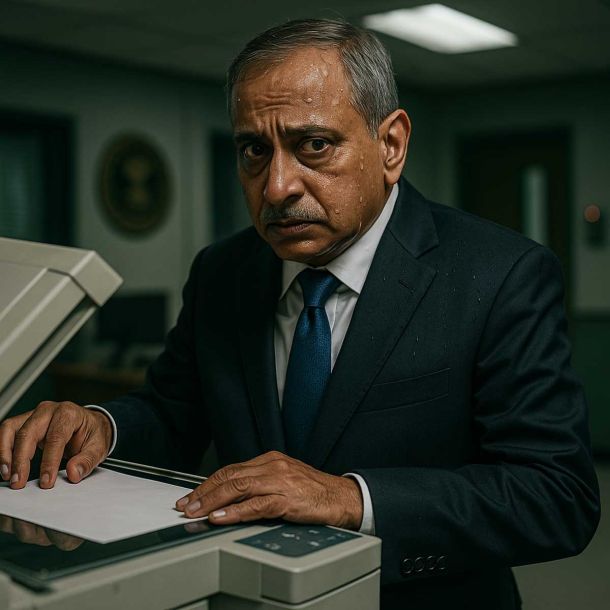More Coverage
Twitter Coverage
Satyaagrah
Written on
Satyaagrah
Written on
Satyaagrah
Written on
Satyaagrah
Written on
Satyaagrah
Written on
Join Satyaagrah Social Media
'Older than history, older than tradition, even older than legend...': The millennia-old history of Kashi
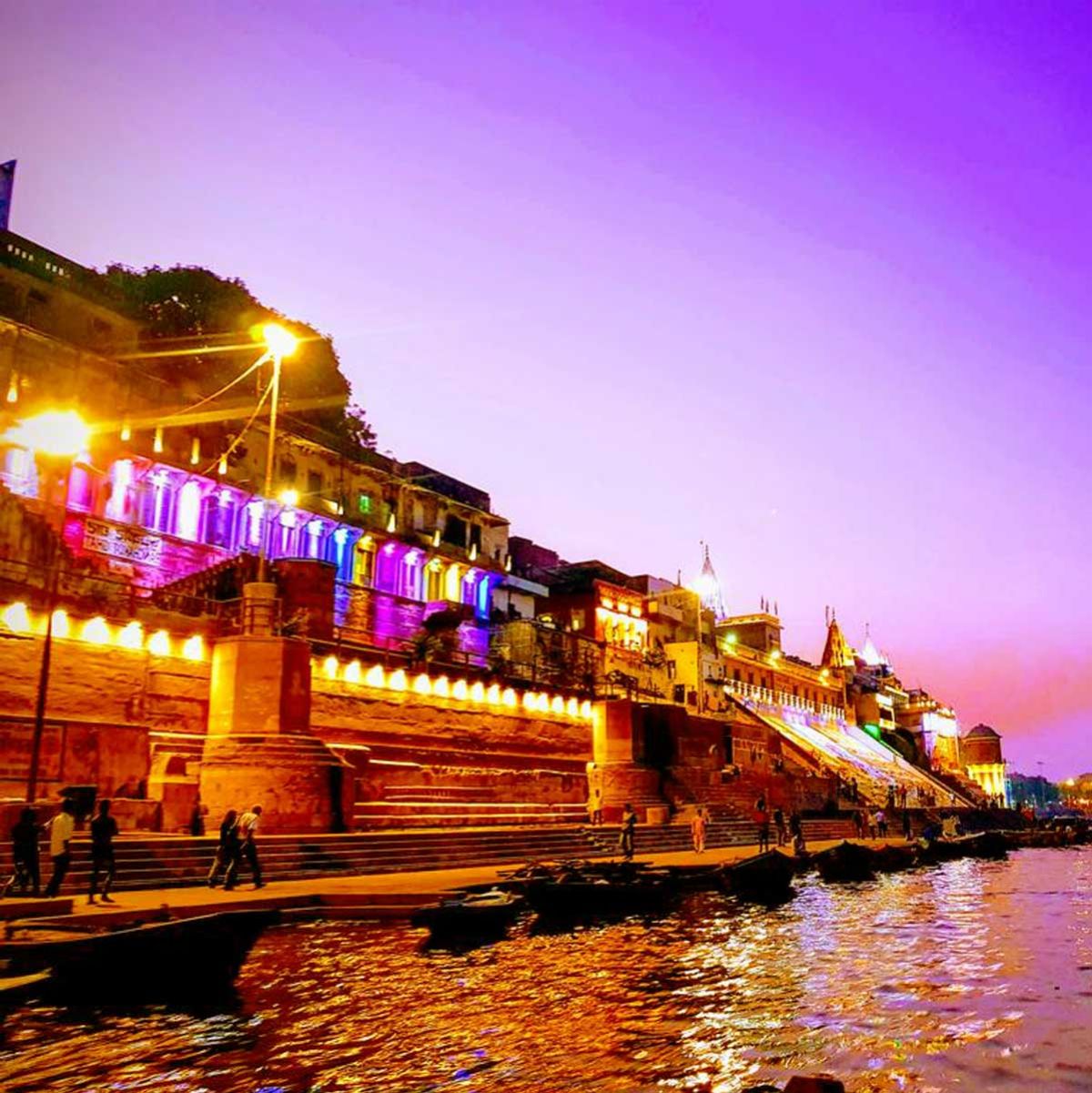
On December 13, Prime Minister Narendra Modi dedicated the newly built Kashi Vishwanath Corridor to the nation. The Kashi Vishwanath Dham, a prime religious pilgrimage centre for the Hindus, was spread across only 3,000 square feet before the project started. It now spreads over a 5,00,000 square feet area.
The famous Nandi Maharaj idol and the Widsom Well have become part of the complex once again after 352 years. A lot of work is still pending and hopefully, there is much more planned for one of the oldest living and continuously inhabited cities of the world. While the world has witnessed the grandness of Baba Vishwanath, one may want to know about its history and how far it has gone in the past.
Kashi Vishwanath Dham finds its roots in many Sanatan Dharma scriptures, including the Rig Veda, Skanda Mahapurana, Ramayana, Mahabharata and many others. Authors like Mark Twain had once called it ‘a city older than the tradition, older than the legend’. Many authors, researchers and historians have extensively worked around Varanasi city and Kashi Vishwanath Dham.
Prof Rana PB Singh of Banaras Hindu University has written several papers and authored two books about the city, and wrote the chronology of development and construction at the Kashi Vishwanath Temple site. Based on his papers and a report in Times of India that is also based on his research work, here is how the evidence supports the millennia-old history of Kashi Vishwanath Dham.
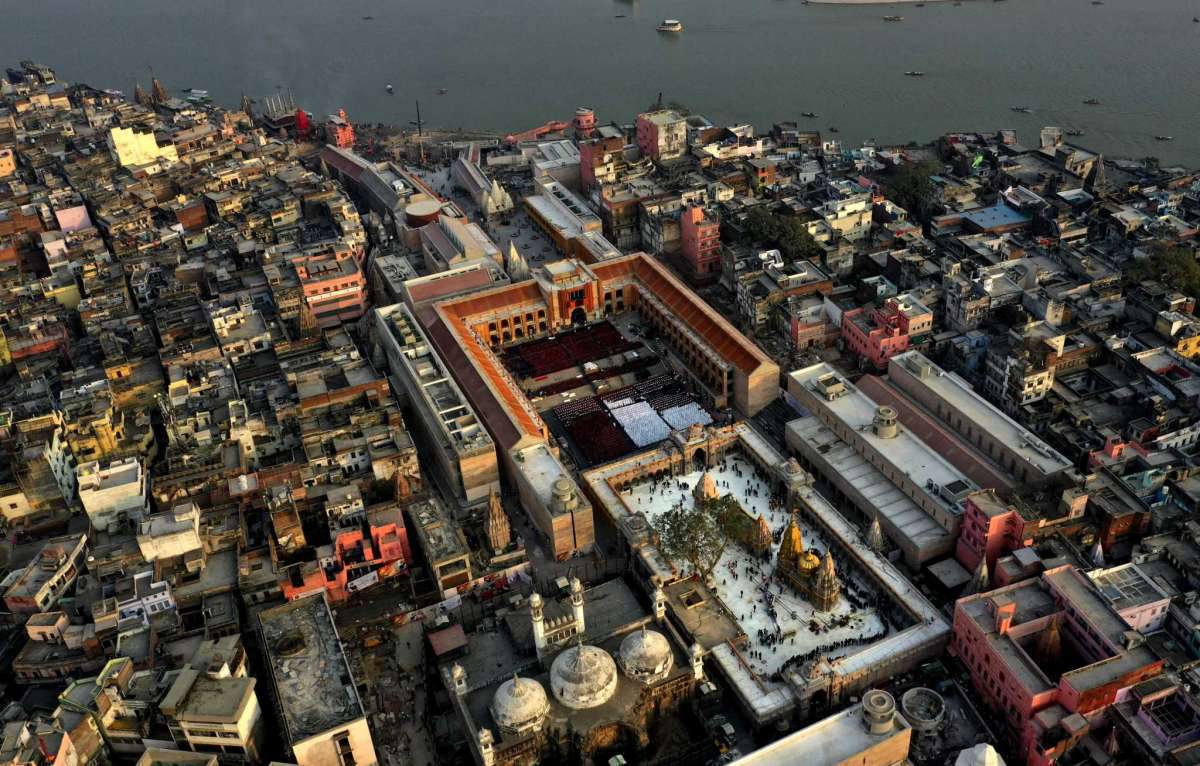 |
The evidence linked to the temple’s existence in the 9th century BCE
According to Prof Singh, during excavation in Rajghat space, the archaeologists discovered the Avimukteswara seal from that period. He said, “We are able to safely discuss concerning the existence of this temple of Lord Shiva within the 9-10 century BCE after its seal was discovered within the archaeological excavation in Rajghat space.”
He further said that the evidence has confirmed that Varanasi has been inhabited continuously by the people since 1000 BCE. “that’s the reason town is called one of many oldest residing cities on the planet,” he said. The Jain Tirthankara Parsvanatha was born in Varanasi in the 8th century BCE. Mahavira, the final Tirthankara, who lived on earth between 599 to 527 BCE, was from Varanasi as well. He added, “The Jataka tales of eighth to seventh century BCE confer with Banaras as the location of manifestation of earlier Buddhas, the final one being the Gautam Buddha.”
During the Gupta interval, 320-550 CE, the city saw a lot of transformation. This was the period when a grand temple at the Kashi Vishwanath Dham site was built. Notably, there were hundreds of significant temples that were in Varanasi. During the Gupta interval, the earliest Puranas were also composed, the Times of India report quotes Prof Singh.
Kashi Vishwanath Dham was described by a Chinese pilgrim Hsuan-Tsang in 635. He described the city as thickly populated. He mentioned its importance in the field of academia as well. He mentioned there were 20 vital temples in the city.
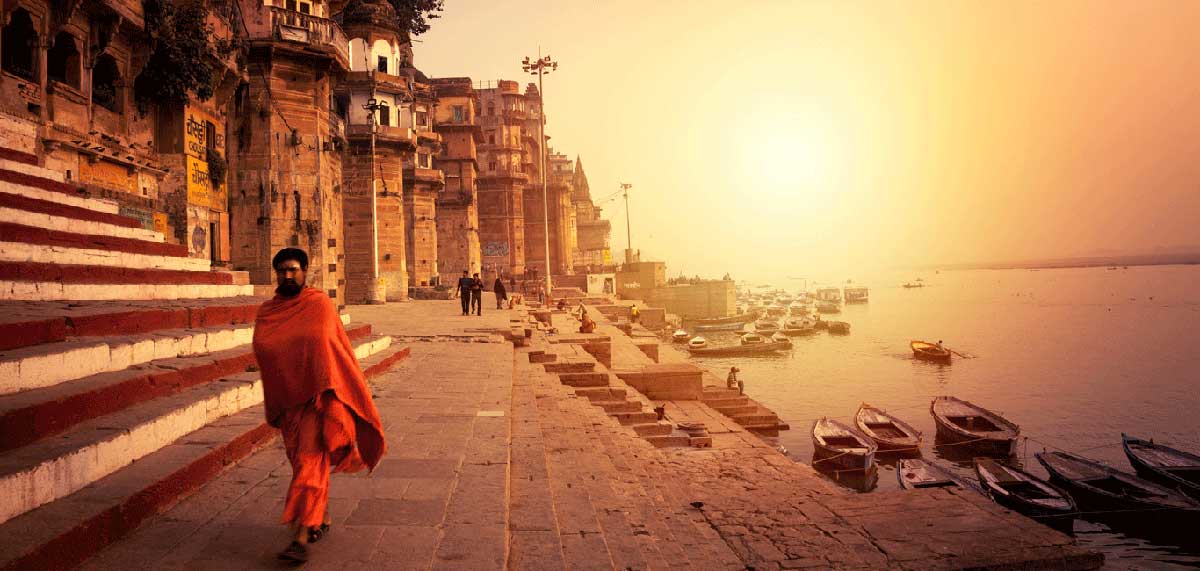 |
The repeated destruction of the temple
In 1194, Islamist barbarian Muhammad Ghori ordered his slave general Qutb-ud-din Aibak to demolish Varanasi and the temples, including Kashi Vishwanath Dham. Over 1,000 temples were destroyed, and the city was looted.
Later, between 1210 to 1236, the temple was reconstructed. However, it faced another destruction under Firoz Shah Tughlaq in the 1300s. In the 1400s, the Sharqi kings of Jaunpur ruled the region and further destroyed the temples. A significant part of the city was later destroyed under the rule of Sikandar Lodi.
During 1584-85, the Vishwanath Temple was rebuilt under the supervision of Narayan Bhatt. However, Aurangzeb again ordered its demolition in 1669, and a mosque was built at its place. Later, in 1777, Ahilyabai Holkar, the queen of Indore, rebuilt the temple. In 1893, Maharaja Ranjit Singh had sent gold to plate the temple domes.
In 2019, under the leadership of Prime Minister Narendra Modi, the construction of the Kashi Vishwanath Corridor was started. In 2021, PM Modi dedicated the corridor to the nation.
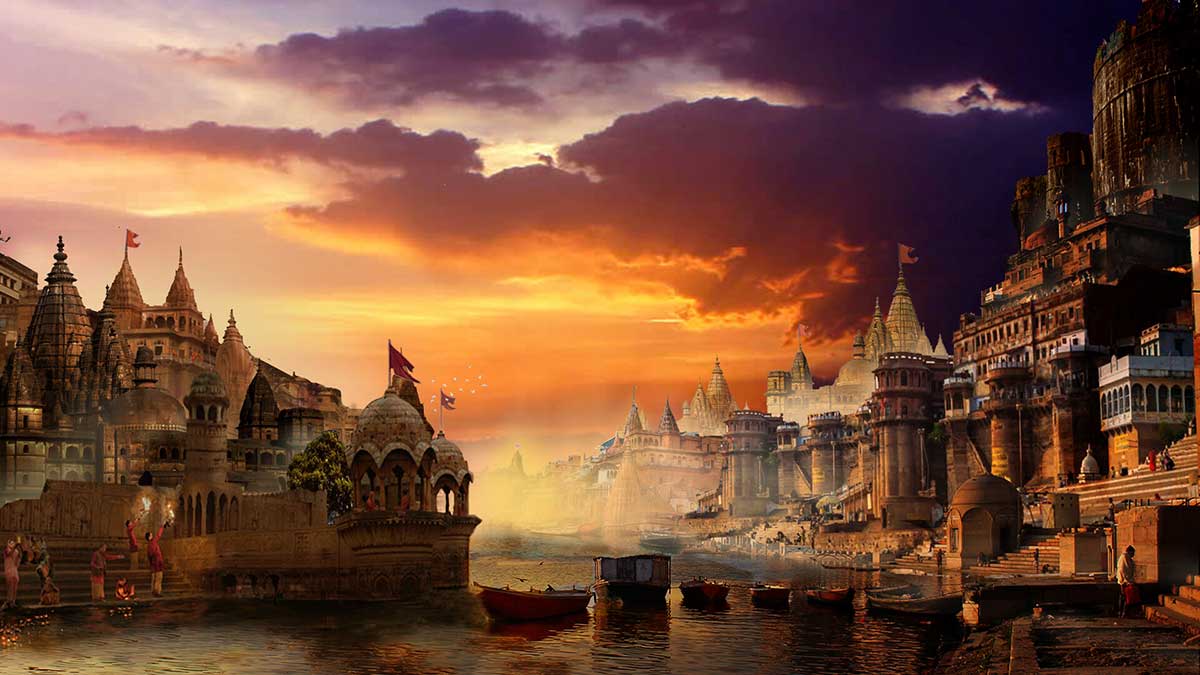 |
The significance of Kashi, Vishwanath Temple and Jñānavāpī Koop or the Wisdom Well
The Skanda Mahapurana mentions Kashi Khanda dedicated to the Kashi City, Vishwanath Temple and Jñānavāpī Koop or the Wisdom Well. In the chapter about Kashi in Skanda Mahapurana, it was mentioned that the scion of the family of Dilipa brought Ganga to the place known as Kashi. It added, “It is well-known as Kashi because it is the place where a person attains Nirvana.”
It is also called Avimukta as Shambhu (name of Shiva) never leaves the city. Skanda said, “Oh Maharishi Agastya, the Tīrtha of Cakrapuṣkariṇī was already the place of all welfare. It became more excellent due to the jewel-set earring of Śaṃbhu. In that Ānandakānana, the shrine of Śiva named Avimukta, the attainment of liberation was already possible. By the contact of Gaṅgā, it has become all the more powerful.”
Skanda told Agatsya that if a person dies in Kashi, the person will attain Moksha. The soul of the person gets liberated without Nididhyāsana or the continuous practice of meditation. He said, “without the knowledge that roots out Karmas, a person who dies in Kāśī becomes immortal, with the favour of the Moon-crested Bhagwan.”
The Purana talks in detail about the Wisdom Well in Kashi Vishwanath Dham. Skanda tells Agastya in detail how Jñānavāpī Koop came to existence and why it is important for those who follow Sanatan Dharma. He said in Sata Yuga, Isana, the Rudra form of Bhagwan Shiva, was roaming here and there. When he reached Kashi, also known as Mahashamshana or the Great Cremation Ground, he came across the Swayambhu Shiva Linga.
Isana, in order to bathe the Linga with water, dug up the Jñānavāpī Koop with his Trishul or Trident. The cold water came flowing out of the well. The water was sparkling with colours like the minds of good people. Its lustre was as beautiful as the moonlight. It was holy and pure, like the name of Bhagwan Shiva.
The water of the well was sweet like the divine nectar. It was pleasant to touch, just like the limb of a cow. The scent of the water was like the sweet smell of lotus. Even the touch of the water would give the devotees the ‘Punya’ of Ashwamedh Yagya. The sins would perish by the holy water of the well. The Shiva resides in the well in the form of Jñāna, having assumed the liquid form, who would destroy Jāḍya (sluggishness, ignorance) and impart knowledge. Vishveshra (name of Shiva) said, “If a highly intelligent man bathes the Liṅga with the waters of Jñānodatīrtha, it is certainly on a par with having got it bathed with the waters of all the Tīrthas.”
Skanda praised the Wisdom Well and said, “Jñānavāpī is the Cosmic Form of Śiva himself. It generates Jñāna (perfect knowledge). There are many Tīrthas that sanctify (devotees) immediately. But they are not equal to even a sixteenth part of Jñānavāpī. If anyone listens to the origin of Jñānavāpī with great attention, his knowledge does not become extinct even on death anywhere.”
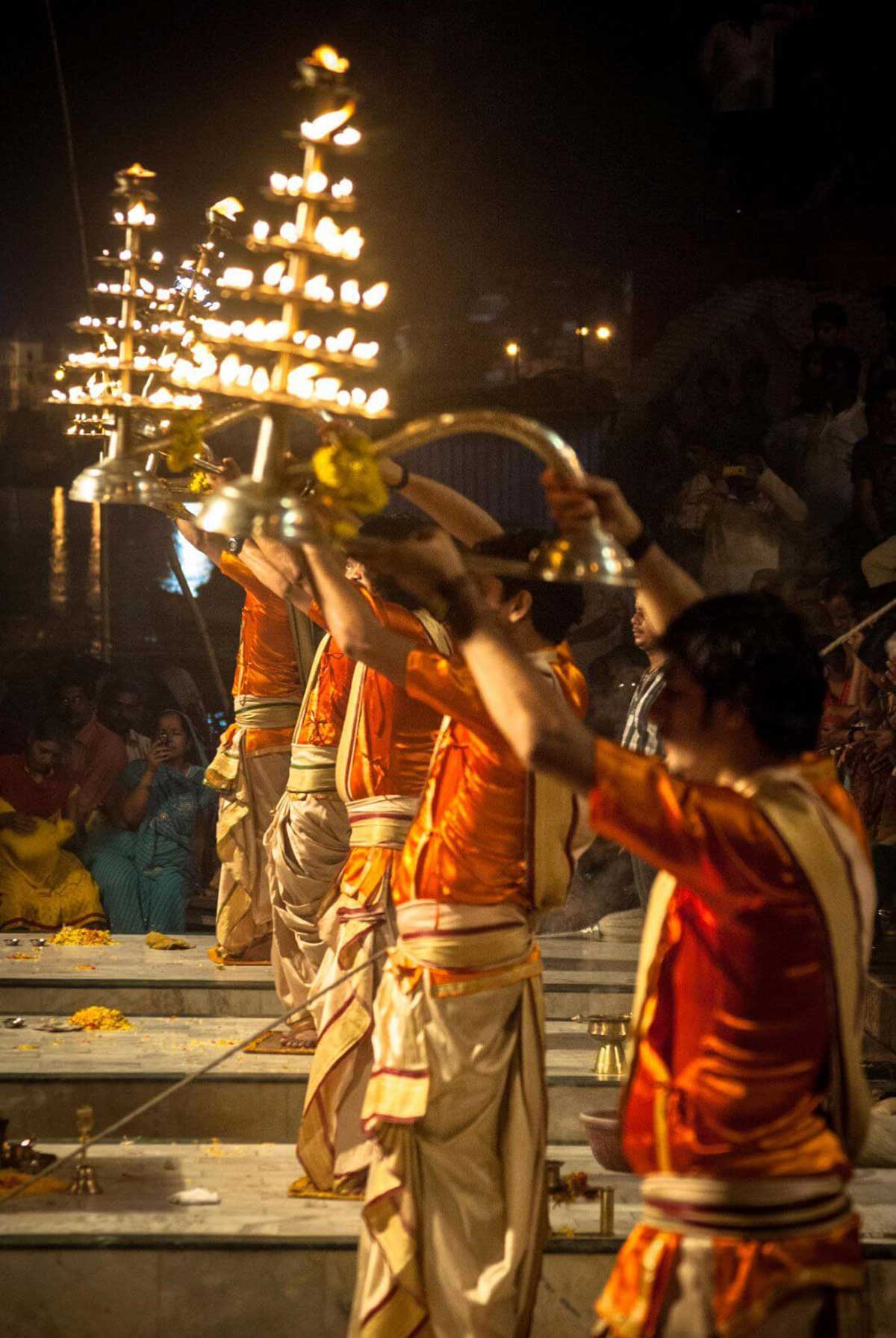 |
मैं मूरत होऊँ जिस मंदिर की, तुम उसका कोई कपाट बनो
मैं होऊँ शाम बनारस की, तुम गंगा आरती घाट बनो
मैं कोई किनारा हो जाऊँ, तुम बनकर नदी कोई बहना
जब डूबूँ साँझ को सूरज सा, तुम मेरी लाली में रहना
मैं कोई गोताखोर बनूँ, तुम सिक्का एक का हो जाना
जब बहूँ किसी पुरवाई सा, आग़ोश में मेरी सो जाना
मैं कोई रेशम का कीड़ा, तुम मुझसे निकला पाट बनो
मैं होऊँ शाम बनारस की, तुम गंगा आरती घाट बनो
मैं गंगा नदी कुलीन पवित्र, तुम होना अविचल विश्वनाथ
मैं हो जाऊँ जब गौतम बुद्ध, तुम बनना ज्ञान का सारनाथ
मैं मणिकर्णिका घाट बनूँ, तुम बनना राख किसी तन की
सारे कर्मों का एक चरण, हो जाना निर्मय जीवन की
मैं नृत्य करूँ नटराज सा जब, तुम शिव तांडव का पाठ बनो
मैं होऊँ शाम बनारस की, तुम गंगा आरती घाट बनो
मैं जब चटकारा पान बनूँ, तुम कोई मुसाफिर हो जाना
मैं रस भरी रबड़ी बनूँगा जब, तुम घुलकर मुझमे खो जाना
मैं उत्तर से ‘वरुणा’ बन आऊँ, दक्षिण से तुम बन आना ‘असि’
मिलकर के दोनों पवित्र परम, बनाएंगे शहर ये वाराणसी
जहाँ ज्ञान, धर्म, इतिहास खड़ा, तुम शिव नगरी वो विराट बनो
मैं होऊँ शाम बनारस की, तुम गंगा आरती घाट बनो।
References:
opindia.com - OpIndia Staff
 Support Us
Support Us
Satyagraha was born from the heart of our land, with an undying aim to unveil the true essence of Bharat. It seeks to illuminate the hidden tales of our valiant freedom fighters and the rich chronicles that haven't yet sung their complete melody in the mainstream.
While platforms like NDTV and 'The Wire' effortlessly garner funds under the banner of safeguarding democracy, we at Satyagraha walk a different path. Our strength and resonance come from you. In this journey to weave a stronger Bharat, every little contribution amplifies our voice. Let's come together, contribute as you can, and champion the true spirit of our nation.
 |  |  |
| ICICI Bank of Satyaagrah | Razorpay Bank of Satyaagrah | PayPal Bank of Satyaagrah - For International Payments |
If all above doesn't work, then try the LINK below:
Please share the article on other platforms
DISCLAIMER: The author is solely responsible for the views expressed in this article. The author carries the responsibility for citing and/or licensing of images utilized within the text. The website also frequently uses non-commercial images for representational purposes only in line with the article. We are not responsible for the authenticity of such images. If some images have a copyright issue, we request the person/entity to contact us at This email address is being protected from spambots. You need JavaScript enabled to view it. and we will take the necessary actions to resolve the issue.
Related Articles
- Now Bharatwasi can see 3D visualization of Ram Mandir construction progress in detail through a video released by Shri Ram Janmabhoomi Teerth Kshetra Trust: Ayodhya
- A new symbol of Hindutva pride, Shri Kashi Vishwanath Temple Corridor
- Jagannath Temple administration issues clarification on proposed sale of temple lands
- PM Modi inaugurates rebuilt Shankaracharya samadhi in Kedarnath and said ‘Adi Shankara brought life to a sleeping civilisation, awakened Bharat to rise above caste boundaries’
- Mahakal Temple in Ujjain to get expanded complex with Rs 714 crore in such a way that there will be a feeling of grandeur and divinity: Another reason for devotees to celebrate after Kashi Vishwanath corridor
- Indonesia: Sukmawati Sukarnoputri, daughter of Indonesia's first president becomes a Hindu leaving Islam
- Maa Annapurna returns to India after 107 years of exile in Canada: Murti will be installed at Kashi Vishwanath Mandir in Varanasi
- PM Narendra Modi inaugurated the Statue of Equality of Sri Ramanujacharya and emphasized 'Progressiveness does not mean detaching from one’s roots and that there is no conflict between progressiveness and antiquity.'
- 5 lakh kg of temple jewellery has been melted so far, DMK government planning to melt even more
- Srikalahasti Temple, Dakshina Kailash
- Yes, Secular India’s shift towards ‘Majoritarianism’ is very much real: So, just deal with it
- Lakshmi Narasimha Swamy Temple, Antarvedi, Andhra Pradesh
- IRCTC starts ‘Shri Ramayan Yatra’ with 100% occupancy, Railways minister announces next tour on 12th December
- “The bigmouths never visited Lord Ram’s birthplace and kept on playing politics”: Ram Mandir chief priest says only BJP cares about Ram Mandir, Modi did Shilanyas and CM Yogi visited 40 times
- Bhagwad Gita course for corporates is all set to launch at IIM Ahmedabad, will teach management and leadership





















